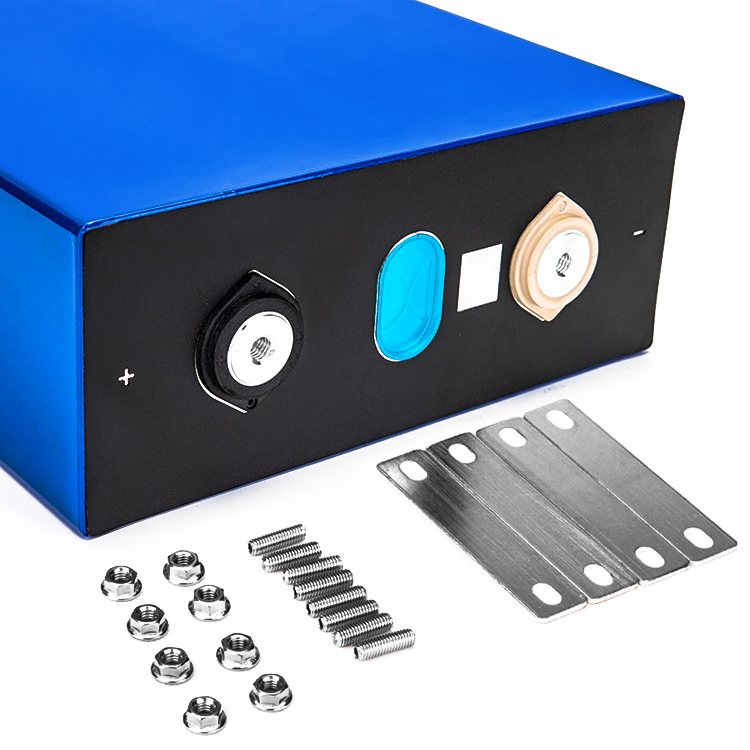

The hardware logical structure of the energy storage management system is different
Energy storage lithium battery energy storage management system: The energy storage system has a large scale, and the hardware generally adopts a two-layer or three-layer mode. Larger scale systems tend to have a three-layer management system.
Power lithium battery energy storage management system: The power battery system is located in high-speed electric vehicles, and has higher requirements for the power response speed and power characteristics of the battery, SOC estimation accuracy, and the number of state parameter calculations. There is only one centralized or two distributed layer, and there is basically no situation of three layers. Small cars mainly use a centralized battery management system with one layer, but there are currently few two-layer distributed power battery management systems.
Different types of lithium batteries are used
Lithium iron phosphate batteries are mainly used for energy storage, as they outperform other batteries in terms of safety, environmental protection, volume, and weight. In some energy storage stations, lead-acid batteries and lead-carbon batteries are also used.
The current mainstream battery types for power lithium-ion electric vehicles are lithium iron phosphate batteries and ternary lithium batteries, which have more selectivity and are not very stable in terms of safety.
Different requirements for capacity and volume
Energy storage lithium batteries are mainly used for power supply and are required to output high power. Lithium battery pack is small in size and lightweight. The energy density of lithium batteries is 3-4 times that of lead-acid batteries, 2.5 times that of nickel cadmium batteries, and 1.8 times that of nickel hydrogen batteries.
Power lithium batteries are mainly used for energy storage, with high capacity requirements, long service life requirements, and low self discharge. The capacity of electric tool batteries is not large and does not require high power output.
The range of current usage is different
Power lithium batteries are generally used in equipment that require high current discharge (3-5 ° C) and have relatively little damage to the battery. Energy storage lithium batteries are used in small current devices (usually within the discharge range of 0.5-1C), where C refers to the charge discharge rate, which is a measure of the speed of discharge. The capacity of a battery can generally be measured by different discharge currents. For example, when a battery with a capacity of 100Ah is discharged at 15A, its discharge rate is 0.15C.

Popular recommendation
This durable gas stove specific battery allows you to...
2022-06-15LR626 battery!Entering the market with Japanese power lithium battery technology, Vision intends to
2023-10-08Nickel cobalt lithium manganate (NMC) battery
2022-11-21902030 lipo battery.18650 lithium battery PACK process quality characteristics and welding precautio
2023-10-09601525 lipo battery.The United States develops a new type of button battery that will not harm the b
2023-10-0918650 lithium-ion battery.Introduction to new battery technology after lithium-ion rechargeable batt
2023-10-08LR754 battery.Battery overcharge and over-discharge protection circuit
2023-10-1418650 battery 2000mah.What does 18650 lithium battery refer to?
2023-10-13AG4 battery.BMW announces innovative battery technology in 2026 using solid electrolyte
2023-10-14CR1616 battery.American scientists develop new solar cell technology
2023-10-08Classification of ternary lithium ion batteries
2022-11-2518650 li ion rechargeable battery.The popularity of new energy vehicles disrupts the electronics ind
2023-10-14